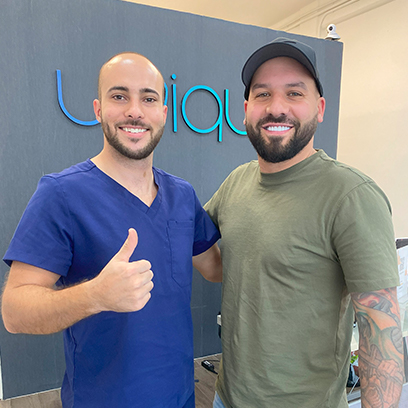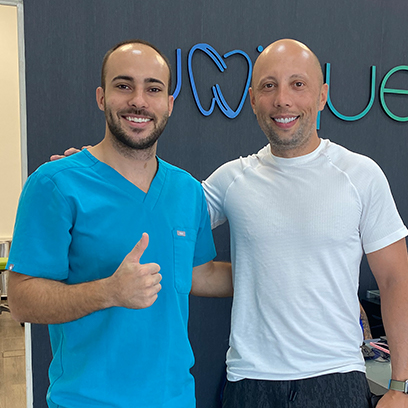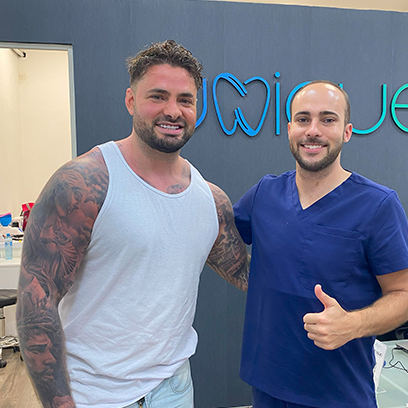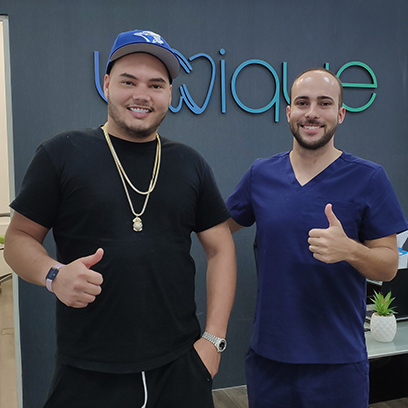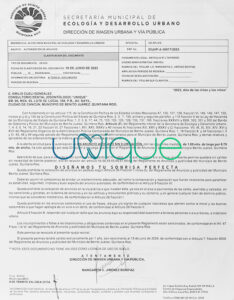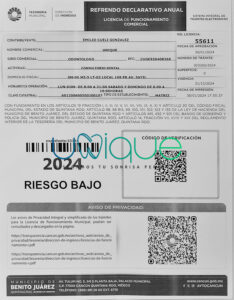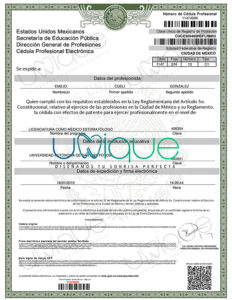
What Are All-On-4
All-on-4 is a dental implant procedure where four implants are strategically placed in the jaw to support a full set of non-removable prosthetic teeth. Unlike traditional removable dentures, which need to be taken out at night, All-on-4 provides a permanent solution. The implants create a stable and secure foundation for a fixed prosthesis, offering the feeling of natural teeth along with a natural appearance, comfort, and functionality.
When you should get All On 4
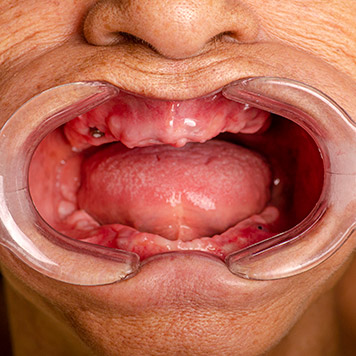

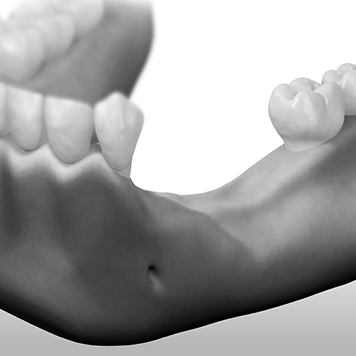
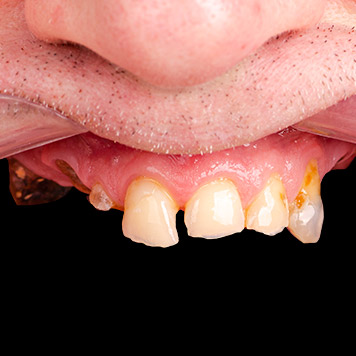
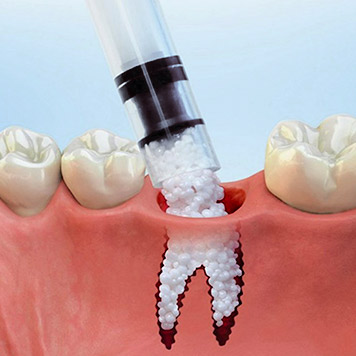

Loss of most or all teeth
Patients who have lost a significant number of teeth in the upper or lower jaw are good candidates for All-on-4.
Discomfort with removable dentures
If removable dentures cause discomfort, irritate the gums, or frequently shift, All-on-4 offers a more stable and comfortable alternative.
Lack of bone density
Patients with bone loss in the jaw, who cannot use traditional implants without bone grafting, may benefit from All-on-4, as it requires less bone.
Damaged teeth
All-on-4 is suitable for patients with severely damaged or decayed teeth due to periodontal disease, cavities, or other conditions where individual tooth restoration is not viable.
Avoidance of bone grafting
All-on-4 is an excellent option for those who wish to avoid lengthy and complex procedures, such as bone grafting, which are often required for traditional implants.
Teeth Restored in One Day
This enables patients to leave with a functional smile immediately, without waiting for extended healing periods. The procedure reduces treatment time, as a temporary prosthesis is placed the same day.
Loss of most or all teeth

Patients who have lost a significant number of teeth in the upper or lower jaw are good candidates for All-on-4.
Discomfort with removable dentures

If removable dentures cause discomfort, irritate the gums, or frequently shift, All-on-4 offers a more stable and comfortable alternative.
Lack of bone density

Patients with bone loss in the jaw, who cannot use traditional implants without bone grafting, may benefit from All-on-4, as it requires less bone.
Damaged teeth

All-on-4 is suitable for patients with severely damaged or decayed teeth due to periodontal disease, cavities, or other conditions where individual tooth restoration is not viable.
Avoidance of bone grafting

All-on-4 is an excellent option for those who wish to avoid lengthy and complex procedures, such as bone grafting, which are often required for traditional implants.
Teeth Restored in One Day

This enables patients to leave with a functional smile immediately, without waiting for extended healing periods. The procedure reduces treatment time, as a temporary prosthesis is placed the same day.
All-on-4 Process: Temporary Prosthesis Stage
1. Consultation and Planning
Initial consultation with a dental surgeon to assess the condition of the oral cavity and discuss the patient’s needs. Collection of medical history, photographs, X-rays, and/or computed tomography to create an accurate treatment plan.
2. Local Anesthesia and Sedation
For the All-on-4 procedure, local anesthesia is most commonly used to effectively block pain in the surgical area. It works well for most patients, especially if they do not experience significant stress or anxiety. However, in cases where the patient is anxious or wants to minimize discomfort from the extended procedure, sedation may be recommended. Sedation (oral, intravenous, or inhaled) allows the patient to remain relaxed while still conscious during the procedure.
3. Preparation for the Procedure
Preparation of the oral cavity, including necessary tooth extractions and treatment of any infections, if required.
4. Surgical Stage
- Gum incision: The dentist makes a small incision in the gum where the implant will be placed to access the bone.
- Creating the implant site: Using a special drill, a hole is made in the bone tissue of the jaw. This hole is carefully crafted to match the diameter and depth needed for the implant.

Implant placement: The implant, made from titanium or zirconia, is carefully screwed into the prepared hole, and at this stage, it’s essential for the implant to be securely fixed in the bone.
Placement of the healing abutment: After the implant is fixed in the bone, the dentist places the healing abutment on the implant. This component helps shape the gum around the future prosthesis and prevents the gum from growing over the implant. The healing abutment remains in place until full healing and osseointegration, which typically takes 3 to 6 months.
5. Temporary Prosthesis Placement
After the implant is placed, a retention abutment is fixed onto it, and a temporary acrylic denture is attached. This temporary prosthesis allows the patient to chew and speak properly during the healing process and helps distribute pressure evenly across the implants. The acrylic denture is lightweight and doesn’t exert excessive pressure on the implants, promoting better osseointegration (the bonding of the implants with the bone). The patient should wear the temporary denture for 3 to 6 months, as this is the time required for the implants to fully integrate with the bone.
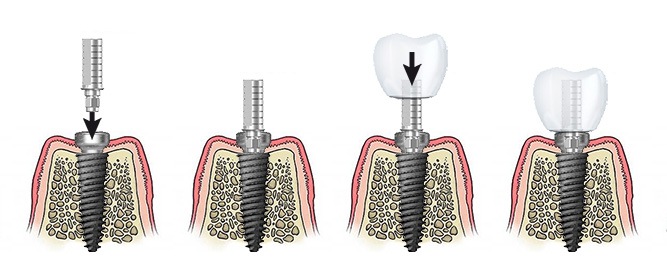
6. Post-Surgery Care and Recovery
The doctor will prescribe pain relief medications to alleviate any discomfort after the procedure. Antibiotics may also be prescribed to prevent infection. Following the surgery, the patient may experience swelling, mild pain, and discomfort in the implant area, which is a normal part of the healing process. These symptoms typically subside within a few days. It is crucial to follow the doctor’s instructions for caring for the implants and the temporary prosthesis to avoid complications.
Final Placement of the Fixed Prosthesis for All-on-4
1. Implant Evaluation
After 3-6 months, the patient returns to the dentist to replace the temporary jaw with a permanent one. During this visit, the condition of the implants is assessed. X-rays or a CT scan are used to ensure that the implants have fully integrated with the bone and are stable. Additionally, the health of the surrounding bone is checked before moving on to the next stage.
2. Removal of Temporary Prosthesis and Abutments
The temporary acrylic denture and retention abutments are removed. The area around the implants is cleaned to prepare for the placement of the permanent components.

3. Placement of Permanent Abutments
Permanent abutments are installed, designed to support the fixed prosthesis long-term. These provide a secure connection between the implants and the final prosthesis.
4. Impressions and Fabrication of Permanent Prosthesis
Impressions are taken to create the permanent prosthesis, which is typically made from zirconia ceramic. A temporary framework may be tested to ensure proper fit and comfort before finalizing the prosthesis. Zirconia is chosen for its durability, strength, and aesthetic appeal.
5. Fixation of the Permanent Prosthesis
The permanent prosthesis is securely attached to the abutments using screws or dental cement. This prosthesis is designed for long-term use and is durable and aesthetically pleasing.
6. Final Adjustments
The dentist checks the fit, bite, and comfort of the prosthesis, making any necessary adjustments to ensure optimal function and aesthetics.
The patient receives instructions on caring for the new prosthesis and is advised to schedule regular check-ups every year to maintain oral health and ensure the implants remain in good condition.
Types and Characteristics of All-on-4/6
All On 4/6
Description: Porcelain crowns provide a natural appearance and excellent aesthetics. They are ideal for patients seeking a highly realistic smile but require more delicate care.
Characteristics:
- Lifespan
- Installation Time
- All teeth extraction
- Material
- Maintenance
- Aesthetics
- Strength
- Wear Resistance
- Competitive price
- 15-20 years
- 2 visits
- Yes
- E.Max
- Minimal
- Excellent
- High
- High
- Premium-priced
All On 4/6
Description: Zirconia crowns are known for their exceptional strength and durability. They are ideal for a long-lasting, wear-resistant solution.
Characteristics:
- Lifespan
- Installation Time
- All teeth extraction
- Material
- Maintenance
- Aesthetics
- Strength
- Wear Resistance
- Competitive price
- 15-20 years
- 2 visit
- Yes
- Zirconia Katana
- Minimal
- Good
- Very High
- Very High
- Premium-priced
Why Do Cliens Choose Us

Continuous Training: We constantly enhance our skills by participating in international medical training.

Honest and Transparent: No hidden fees here — prices are transparent before and after treatment.
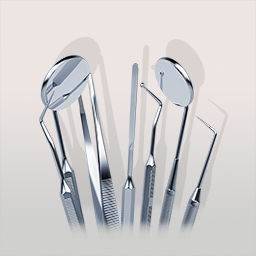
100% Sterility: We guarantee complete sterility of all materials and instruments.
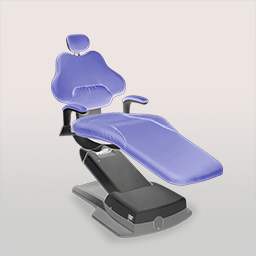
Patient Comfort Priority: Your comfort and minimizing pain are our top priorities.

Premium Materials: We use only high-quality materials from US, Italy and Japan.

Patient Comfort Priority: Your comfort and minimizing pain are our top priorities.

Technological Superiority: Our clinic is equipped with the latest European medical technology.

Only the highest quality materials from the USA, Italy, and Japan.

Central Location: Conveniently located near Las Americas Mall in the heart of the city for accessibility.
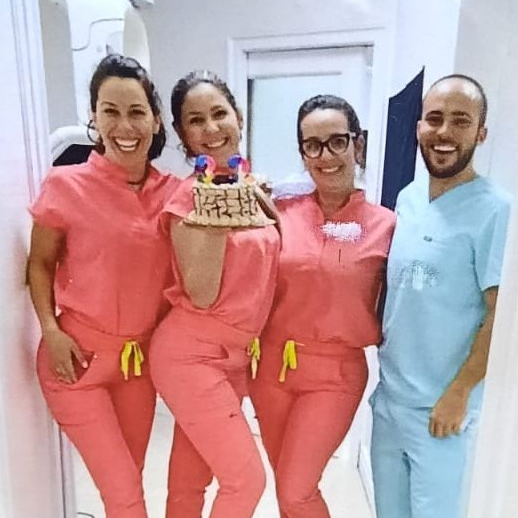
Highly Qualified Specialists: Our team comprises doctors with extensive professional experience ranging from 6 to 14 years.

Get in Touch with a Specialist
A Few Numbers
Patient Smiles by Dr. Emilio
FAQ
Most frequent questions and answers
Yes, all remaining teeth in the arch must be removed to place the All-on-4 system. This is usually done during the same appointment as implant placement.
The procedure is performed under local anesthesia or sedation, so the patient does not feel pain during the placement. Some discomfort may occur after the procedure, but it is managed with pain relievers.
The All-on-4 system can last 15-20 years or longer with proper care and regular dental visits.
One downside of All-on-4 is that it involves the removal of all remaining teeth in the arch, which might not be ideal for those with some healthy teeth. Additionally, if not properly maintained, the prosthesis can require adjustments or replacement over time.
Patients can start with soft foods the same day after surgery. However, it’s recommended to follow a soft diet for several weeks to allow the implants to heal properly.
Yes, the All-on-4 system is specifically designed to work in cases of bone loss. The implants are strategically placed at an angle to maximize available bone and often eliminate the need for bone grafting.
All-on-4 provides a fixed, non-removable solution, unlike traditional dentures that are removable and may slip or cause discomfort. All-on-4 also offers improved chewing ability and bone preservation.
The cost of All-on-4 dental implants in California can vary widely depending on the clinic. On average, the cost ranges from $30,000 to $75,000 for both arches. However, many patients opt to get All-on-4 implants in Mexico, where prices for both arches typically range from $10,000 to $18,000.
Get in touch
Mexico, Cancun
MON-FRI 09:00 – 18:00

